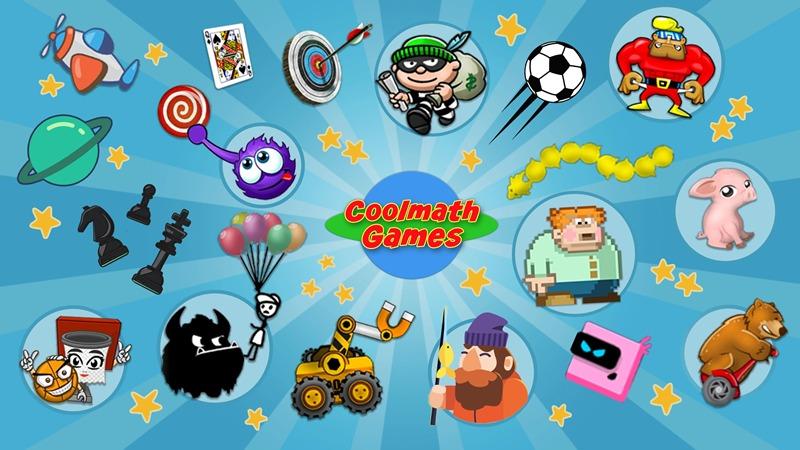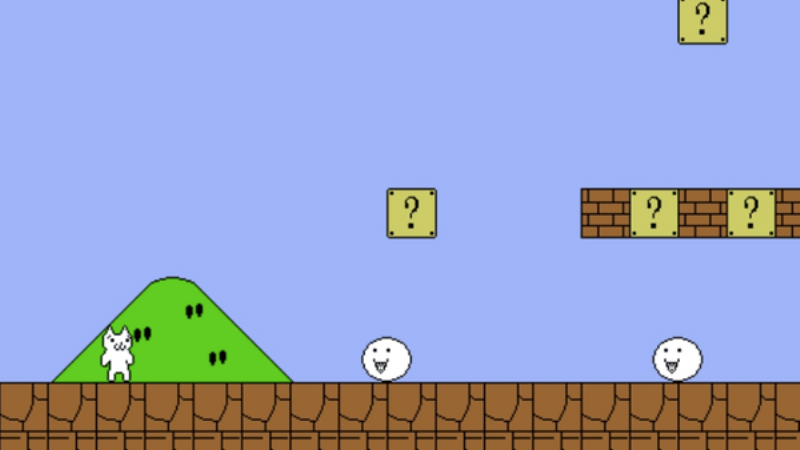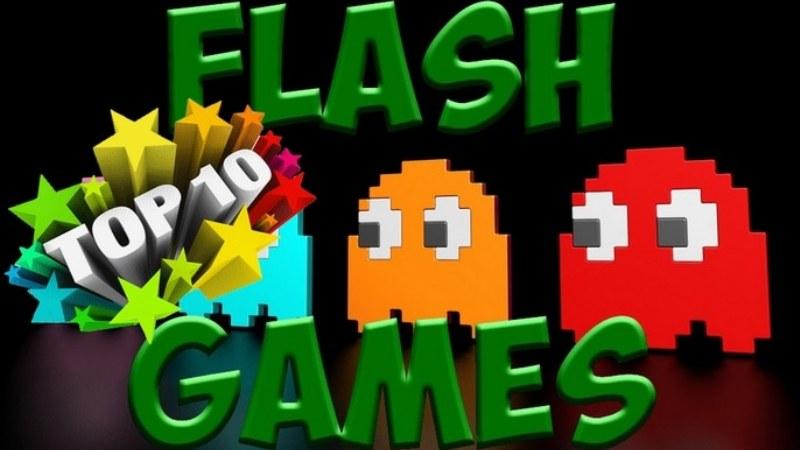Mathematics, often perceived as a complex and daunting subject, can become an engaging learning experience when infused with fun and interactive methods. Cool math games and resources have taken center stage in recent years, serving as effective tools to teach, reinforce, and promote love for math.
Here’s how to find the best math games and information for yourself or your students.
1. Understand the Purpose
Before diving into the plethora of resources available, identify what you aim to achieve. Are you looking to reinforce basic arithmetic concepts, delve deeper into algebraic functions, or simply cultivate a fun relationship with math?
2. Utilize Reputable Websites
Several websites, like Coolmath Games and Math Playground, specialize in offering math-centered games catering to various age groups and competencies. Explore these sites and bookmark your favorites.
3. Look for Apps
In our digital age, many math games are available in app format. Platforms like App Store or Google Play offer a multitude of options, from simple arithmetic challenges to complex problem-solving adventures.
4. Interactivity is Key
The best math games are interactive, allowing users to actively participate, make decisions, and learn from mistakes. Engaging graphics, intriguing storylines, and hands-on challenges can make learning math concepts feel less like studying and more like playing.
5. Align with Curriculum
If you’re an educator or a parent assisting with schoolwork, ensure the games align with the current curriculum. This will enhance classroom learning, offering students a fun way to practice and internalize concepts.
6. Embrace Real-world Applications
Games that simulate real-world scenarios can make math more relatable. From managing virtual shops and budgeting expenses to building structures, understanding the practical application of math can be a game-changer.
7. Seek Reviews and Recommendations
With so many resources available, it’s wise to rely on reviews and recommendations. Parenting forums, educator websites, or even student communities often share insights about effective math games and tools.
8. Blend Fun with Learning
While the primary aim is educational, the essence of a game lies in its entertainment value. Strive to find a balance. The more enjoyable the game, the more likely students will be to engage with it voluntarily.
9. Watch for Adaptability
The best games adapt to the user’s proficiency level, offering increasing challenges as the player progresses. This ensures that the learning curve is consistent and promotes continuous growth.
10. Don’t Ignore Traditional Games
While digital games are highly popular, traditional board games like ‘Monopoly’ or card games can also reinforce math skills, particularly in areas like money management and strategic planning.
Conclusion
Cool math games have the potential to revolutionize the way we perceive and engage with mathematics. By combining fun and education, these resources break down barriers, making math accessible, enjoyable, and, most importantly, cool! Whether you’re a student, educator, or parent, navigating the world of math games can lead to enjoyable learning experiences and a newfound appreciation for the subject.




